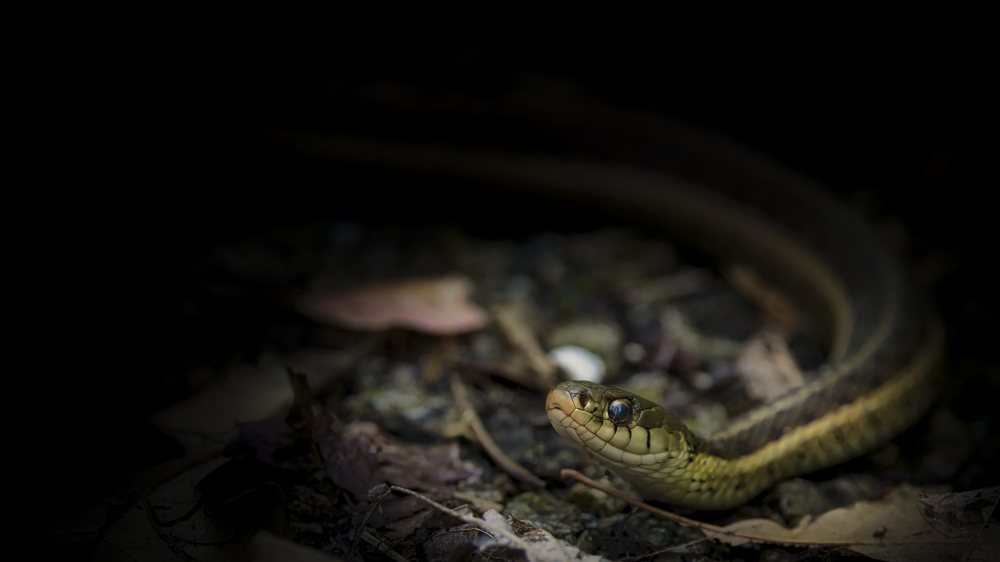
Great Blue Heron
(Ardea herodias)
The Great Blue Heron (Ardea herodias) is a majestic and widespread wading bird found in North America, Central America, and parts of the Caribbean. Here are some key facts about the Great Blue Heron:
Appearance:
The Great Blue Heron is a large bird with a height ranging from 3 to 4.5 feet (91 to 137 cm). It has a wingspan of about 5.5 to 6.6 feet (168 to 201 cm). This heron has a long, S-shaped neck, long legs, and a pointed, dagger-like bill. The plumage is primarily bluish-gray, with a white face and crown, and black streaks on the sides of its neck. During breeding season, adults develop long, graceful plumes on their back and chest, and their legs turn a vibrant pink color.
Habitat:
Great Blue Herons can be found in a variety of aquatic habitats, including freshwater and saltwater environments. They inhabit marshes, swamps, ponds, lakes, rivers, and coastal areas. These birds are adaptable and can also be seen in human-altered landscapes, such as wetlands near urban areas, golf courses, and even backyard ponds.
Behavior:
Great Blue Herons are patient and solitary hunters. They wade through shallow water or stand still near the water's edge, waiting for prey to come within striking distance. Their diet primarily consists of fish, but they also consume amphibians, reptiles, small mammals, insects, and occasionally, birds. When hunting, they use their sharp bill to spear their prey with swift and precise movements. They swallow their food whole, regurgitating any indigestible parts, such as bones and scales.
Breeding:
During the breeding season, which typically occurs from March to May in North America, Great Blue Herons form breeding colonies known as "heronries." These colonies can consist of a few pairs to several hundred pairs, and they often nest in trees or shrubs near water. The nests are large structures made of sticks, and both males and females participate in their construction. A female lays 3 to 6 pale blue eggs, and both parents take turns incubating them for around 27 to 29 days. The young herons leave the nest and start flying after about 60 days.
Range:
The Great Blue Heron has a broad distribution, occurring throughout North America, from southern Canada to northern Mexico. It can also be found in parts of Central America and the Caribbean. Some populations are migratory, particularly those in the northern parts of its range, while others are year-round residents in more temperate regions.
Conservation Status:
The Great Blue Heron is not considered globally threatened and has a stable population overall. Wetland conservation efforts and the protection of breeding colonies are important for maintaining healthy populations. However, habitat loss, pollution, and disturbance of nesting sites can still pose threats to local populations.
The Great Blue Heron is admired for its grace, stature, and patient hunting techniques. Its presence near bodies of water adds to the beauty and biodiversity of wetland ecosystems.
